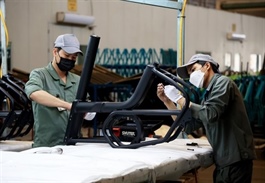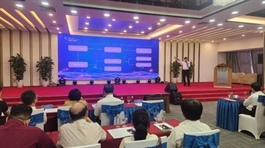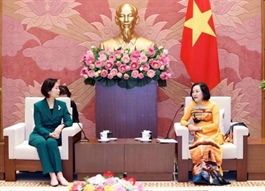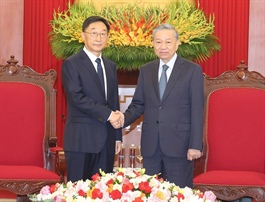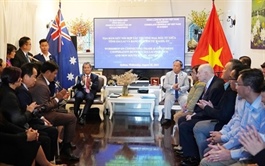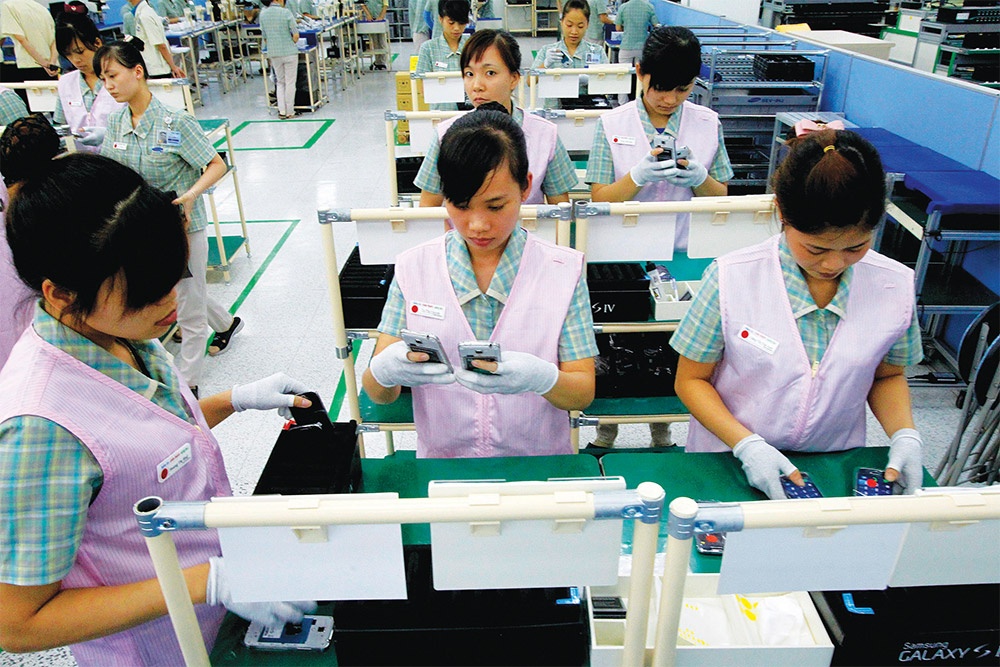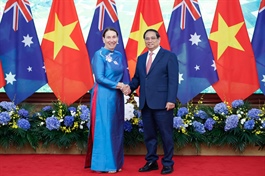Hưng Yên attracts US$7.6 billion in FDI so far
Hưng Yên attracts US$7.6 billion in FDI so far
The northern province of Hưng Yên is home to 584 foreign direct investment (FDI) projects with a total registered capital of over US$7.6 billion.
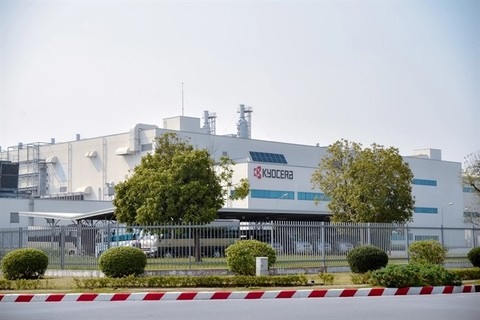
A part of the Thăng Long II Industrial Park in the northern province of Hưng Yên. — Photo khcnhungyen.gov.vn |
According to the provincial Department of Planning and Investment, Japan ranks first in terms of the number of investment projects, with 176 projects worth over $3.8 billion. It is followed by China with 155 projects totalling $1.19 billion, and South Korea with 155 projects valued at $0.9 billion.
Hưng Yên currently has 35 planned industrial zones covering an area of over 12,000ha, with 10 of these becoming operational.
Among them, the Thăng Long II Industrial Park (IP), spanning a total area of 525.7ha developed by Sumitomo Corporation of Japan, is a prime example of the province's success in attracting FDI. The IP has received nearly 110 FDI projects with a total registered capital of over $3.5 billion.
Last month, Secretary of the provincial Party Committee Nguyễn Hữu Nghĩa had a working session with Takashi Yanai, member of the Board of Directors of Sumitomo Corporation, during which he urged the firm to speed up the construction of technical infrastructure and increase the occupancy rate of Thăng Long II IP’s third phase.
One of the greatest successes of Hưng Yên in investment promotion is the development of a business environment that is friendly and reduces unofficial costs for businesses by improving indicators related to the business environment and competitiveness, such as the Provincial Competitiveness Index, the Public Administration Performance Index, and Public Administrative Reform Index.
The provincial People's Committee has established an electronic database on the investment environment on its official website and websites of several departments and sectors, providing information related to investment incentives, investment solicitation projects, master planning, and regional planning, among others.
Annually, provincial officials have direct dialogues with businesses to listen to and promptly resolve difficulties and obstacles facing enterprises in investment, production, and business activities.







